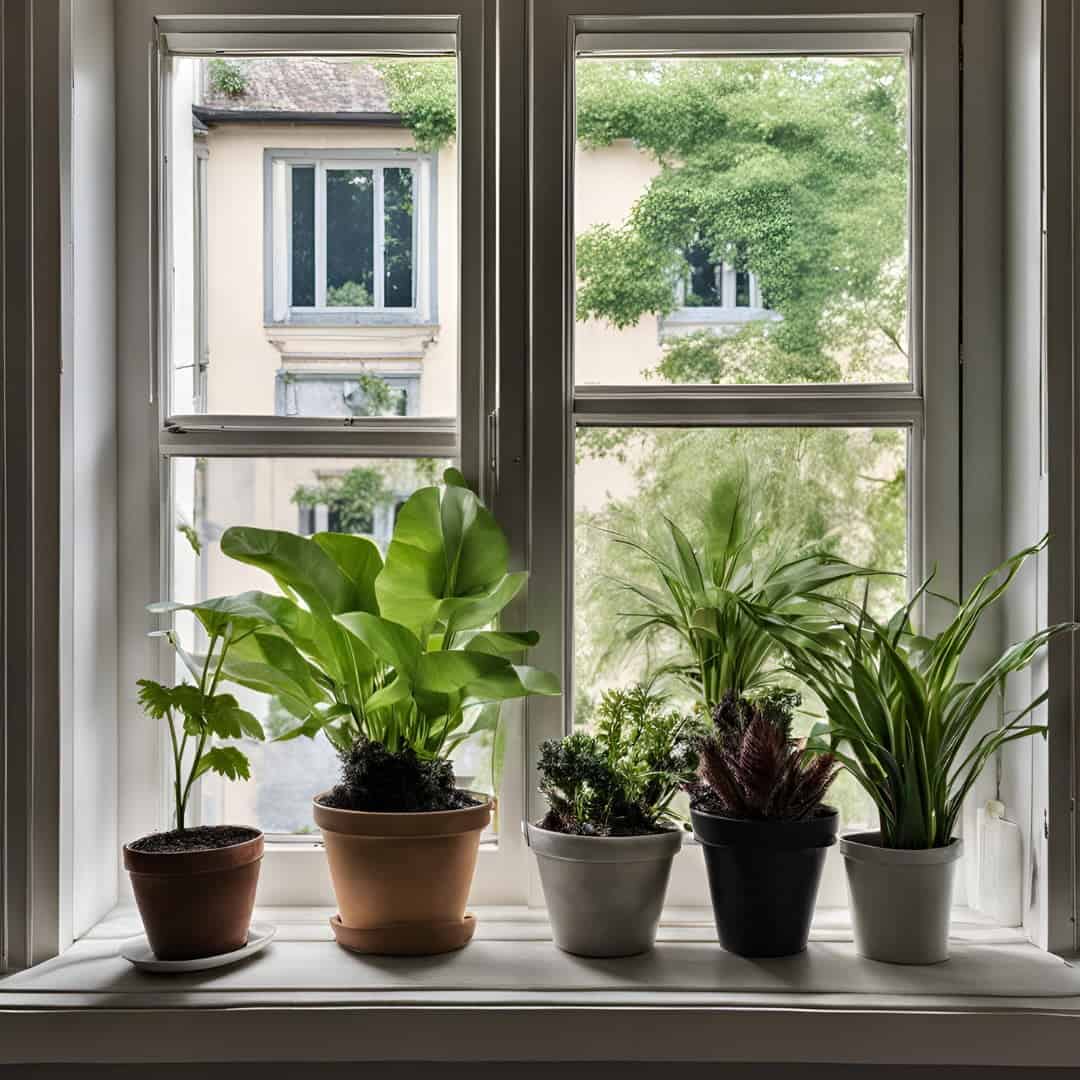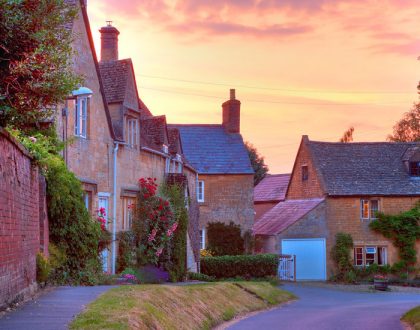Why Secondary Glazing Is A Sustainable Choice

by Narzema Arif
Secondary glazing can be a sustainable choice, depending on the materials used and the approach taken. Here’s a detailed look at the sustainability aspects of secondary glazing.
Sustainability Benefits of Secondary Glazing
- Energy Efficiency: By reducing heat loss and improving insulation, secondary glazing helps lower energy consumption, which in turn reduces your carbon footprint.
- Prolongs Window Life: Installing secondary glazing can extend the life of your existing windows, reducing the need for new materials and the associated environmental impact.
- Noise Reduction: Enhanced sound insulation can contribute to a more peaceful living environment, potentially reducing the need for artificial soundproofing solutions.
Factors Affecting Sustainability
- Materials:
- Recycled Glass: Using recycled glass for secondary glazing is more sustainable than using new glass, as it reduces the need for raw materials and the energy required for production.
- Sustainable Frames: Frames made from recycled aluminium, sustainably sourced timber, or other eco-friendly materials enhance the overall sustainability.
- Non-Toxic Sealants and Adhesives: Choosing non-toxic, low-VOC (volatile organic compounds) sealants and adhesives minimizes environmental impact.
- Production Process: The sustainability of secondary glazing also depends on the manufacturing process. Eco-friendly production methods that use renewable energy and minimize waste are more sustainable.
- Installation:
- DIY vs. Professional Installation: DIY installation can be more sustainable as it eliminates the need for additional transportation and reduces the overall carbon footprint.
- Reusable Systems: Systems that are easy to remove and reuse (e.g., magnetic or clip-on systems) enhance sustainability by allowing materials to be repurposed or recycled.
Evaluating the Sustainability of Secondary Glazing
- Life Cycle Assessment (LCA): Conducting an LCA can help assess the environmental impact of secondary glazing from production to disposal, providing a comprehensive view of its sustainability.
- Energy Savings: The reduction in energy consumption due to improved insulation can offset the initial environmental impact of producing and installing secondary glazing. Over time, the energy savings contribute significantly to sustainability.
- Waste Reduction: By prolonging the life of existing windows and reducing the need for replacements, secondary glazing minimizes waste. Additionally, choosing materials that can be recycled at the end of their life further enhances sustainability.
Practical Steps for Sustainable Secondary Glazing
- Choose Eco-Friendly Materials: Opt for secondary glazing units made from sustainably sourced materials.
- Support Green Manufacturers: Select suppliers who use environmentally friendly production processes and have eco-certifications.
- Proper Disposal: Ensure that old glazing and frames are recycled or disposed of in an environmentally responsible manner.
Conclusion
Secondary glazing can be a sustainable choice, particularly when using eco-friendly materials and methods. By improving energy efficiency, extending the lifespan of existing windows, and reducing waste, secondary glazing aligns well with sustainable living practices. Making informed choices about materials, suppliers, and installation methods can further enhance its sustainability, for more information get in touch today by calling 0114 308 0530.
Recommended Posts

Top Tips For Soundproofing Your Bedroom
08/07/2025


